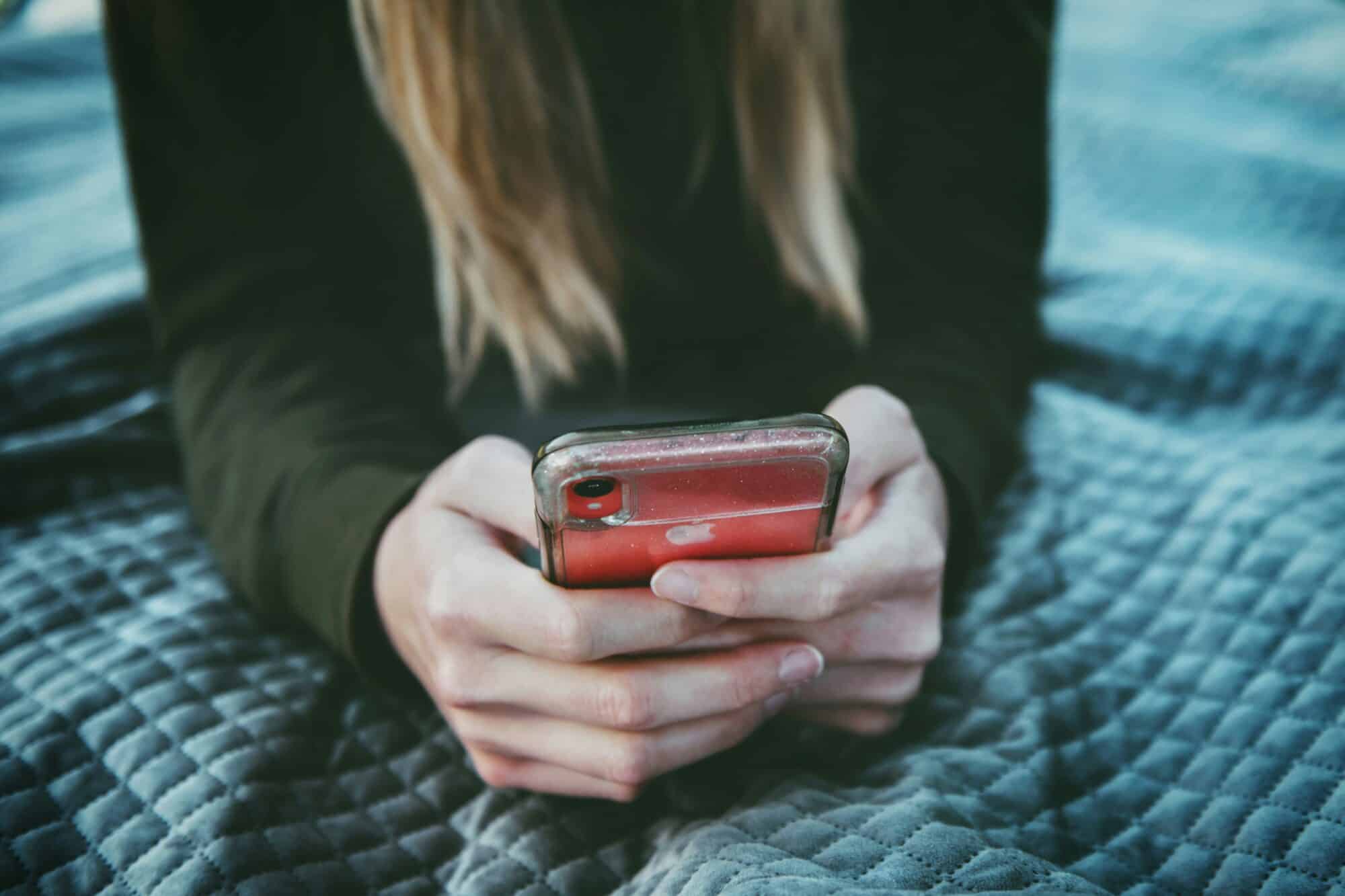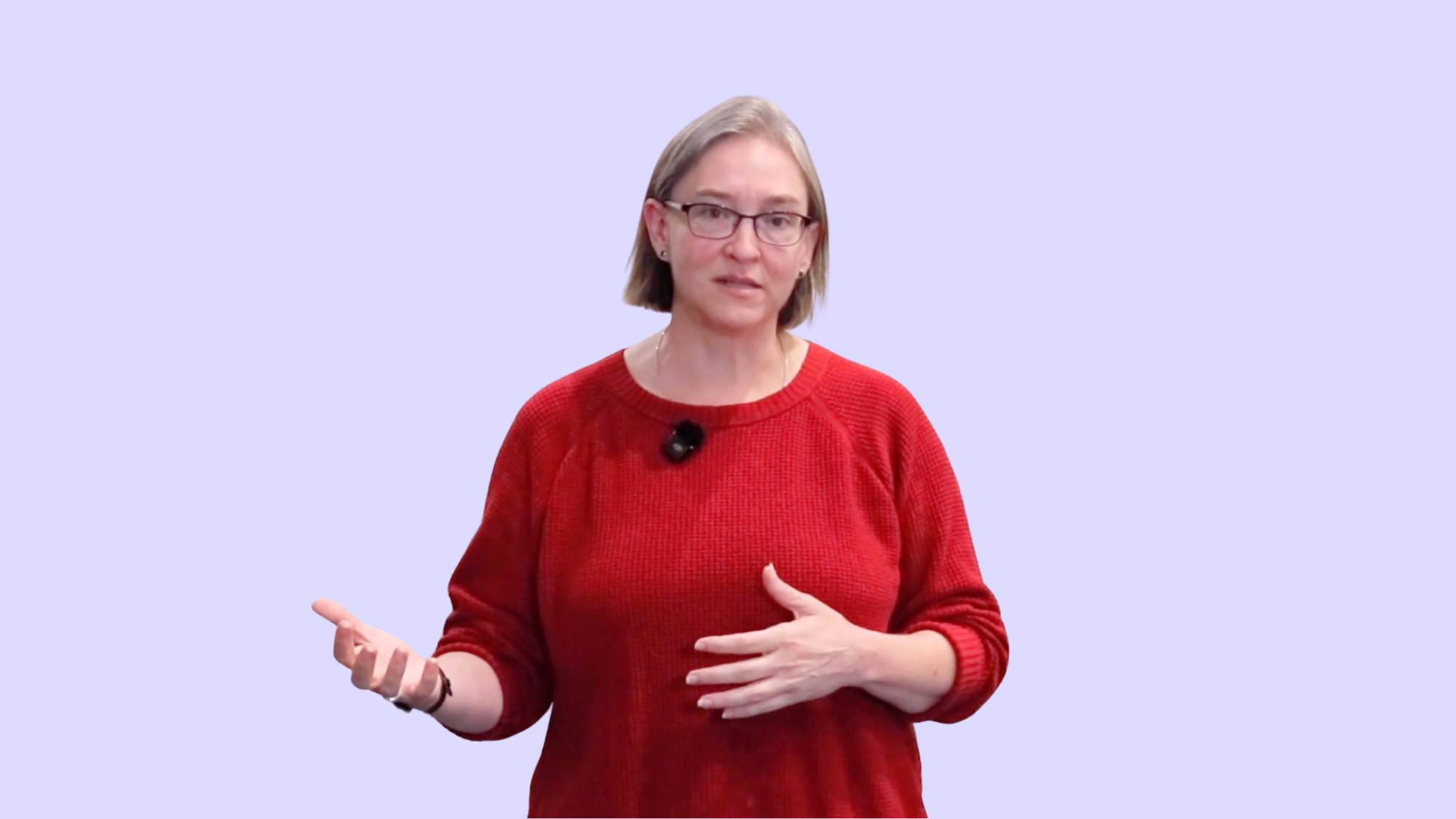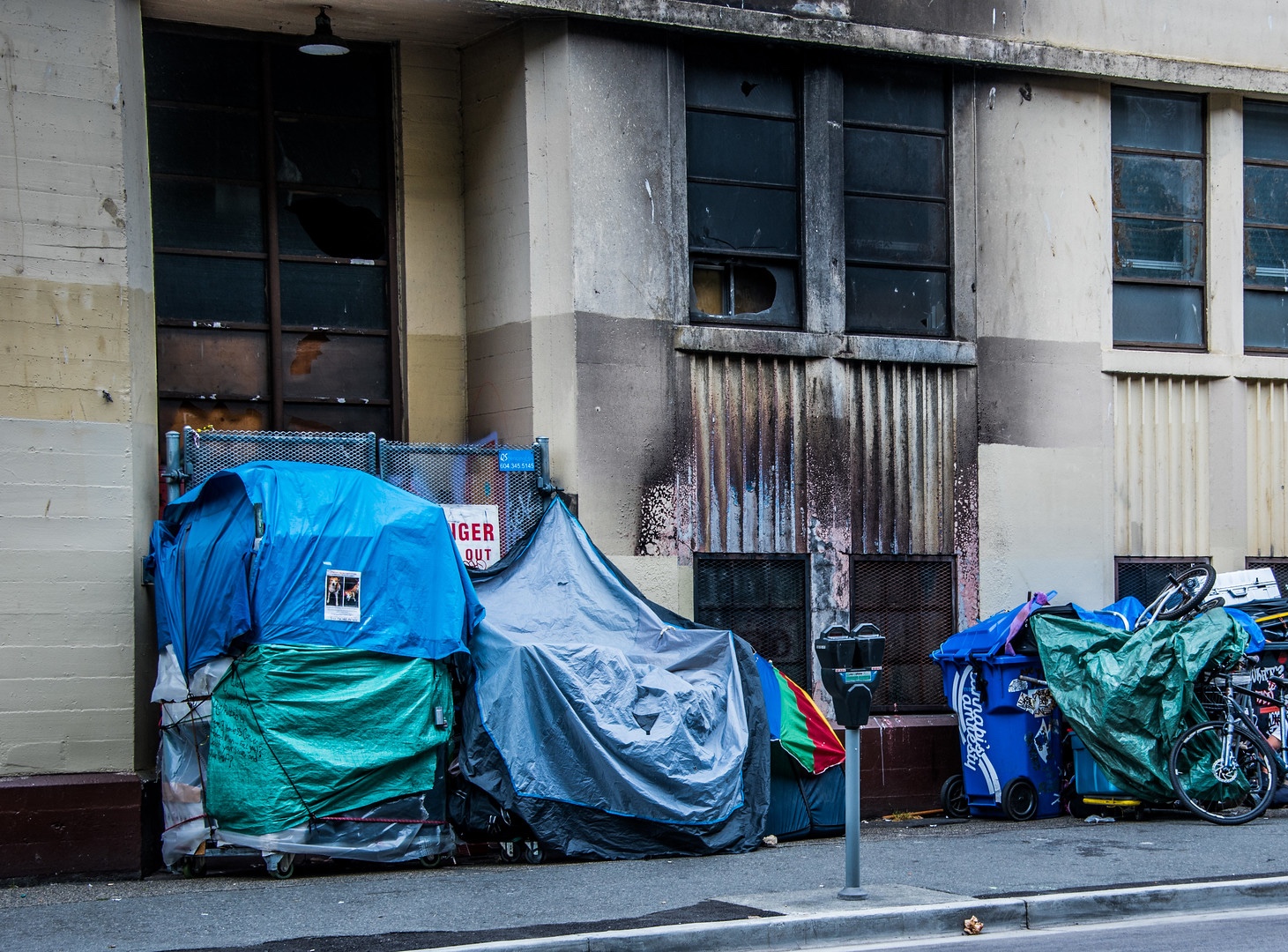In contemporary globalized culture, the presentation of “femininity” has become a performance heavily influenced by consumerist beauty ideals. While mass-consumption of the “beauty” industry has previously existed alongside industrialized capitalism, digital culture and social media influencers have been used to overextend this consumption, distorting perceptions to hyper-commodify the human body and its natural processes such as ageing. As later-stage capitalism continues to seek profit growth, profit-driven social media enables the hyper-commodification of feminine performance and ideal beauty standard at a far more intensive rate than seen before.
The portrayal of femininity has evolved in some respects into spectacle on social media, meticulously curated and broadcasted across various digital platforms, shaping social perceptions and individual identities for the purposes of profit-seeking. Though the concept of femininity transcends arbitrary gender binaries, the demographic most highly impacted by the increasingly commodified standard of femininity are women, and in particular, young women who are frequent consumers of social media.
At the societal level, women face ever-increasing pressures to purchase expensive products, ranging from multi-step skincare routines to expensive hair products to invasive cosmetic procedures. The goal of this kind of consumption is to reflect a strict ideal of contemporary beauty perpetuated by social media. Images of clear, poreless skin, set upon an ageless face; full, voluminous hair, a slender nose, and long lashes are repeated upon endless scrolling through platforms such as Instagram and TikTok with algorithms oriented towards the common consumption patterns of young women. Plump lips, and skin that’s neither too dark nor too fair as the digital ideal beauty standard is also rooted in racial ambiguity and, at times, the appropriation of racialized features.[1] These beauty ideals have narrowed into a few similar variations of the same face and the same body, making the continued mass consumption of beauty products more efficient through a near-constant barrage of advertising on digital platforms.
While gendered pressures have long existed in the age of mass-market advertising, the sheer volume of advertisements consumed have increased dramatically in the digital age. In one 2007 study, it was noted that consumers viewed an average of 98.5 ads per day, an increase of 22.5 since 1968.[2] In 2014, the number of estimated ads viewed by consumers on a daily basis was 362, though that study primarily focused on television.[3] The world of advertising has radically shifted since 2014, with a mass-proliferation of hyper-targeted materials now the norm thanks to the data inputs reflected back to users on social media. With the average youth spending 91 minutes on TikTok per day,[4] and with nearly one third of TikTok’s videos being ads,[5] this medium alone has lent to a substantial increase in formal, paid advertising consumption where it is clearly indicated as such. This “formal” indicator, however, does not speak for the intensive bevy of sponsored content produced by social media influencers whose personalities and content obscure product marketing. And of course, TikTok is far from the only social media network; Instagram, Facebook, and others are similarly awash in both formal and informal advertisements.
When opening my own Instagram account and scrolling through the homepage, roughly every third image was a sponsored post. According to the app, I spend an average of 41 minutes per day on Instagram, and while much of that is spent using the app as a messaging platform, I could easily consume 10 to 20 ads per minute while simply scrolling through my main page. If I spend 20 minutes aimlessly scrolling, that could be about 200 ads viewed. While not all, or even most, of the advertisements are about products related to physical appearance, many of them are — and the profits of such ads are increasingly astounding.
According to McKinsey and Company, “In 2022, the beauty market—defined as skincare, fragrance, makeup, and haircare—generated approximately $430 billion in revenue.”[6] It is further estimated that the global beauty industry will have an annual growth rate of 6 percent. The cosmetic surgery market is expected to see similar rates of growth, with an estimated annual increase of 6.34 percent.[7] It has been long known that feeding into the insecurity of an individual’s appearance can be profitable, however, with a rapid rise in advertisements associated with a rapid rise in profits, the commodification of physical insecurity, particularly that of women, has also accelerated along similarly alarming trends. There’s a clear financial incentive to uphold and even increase such insecurity, made more profitable through the mass-proliferation and market reach of digital media.
This hyper-commodified encroachment into individual beauty ideals is of course especially reflected among young social media users. Narratives of youthful presentation equating to beauty standards have long existed, but the recent and rapid growth of the “anti-ageing” industry among the least aged is a strong symptom of hyper-commodification. Whereas wrinkles were once advertised by the beauty industry as a concern for those of middle age, today 12 year olds are now regularly purchasing harsh retinoids and other anti-ageing ingredients.[8] Anti-ageing was once a reactive beauty trend, but as commodification creeps into all ages, it now exists as a proactive practice. In these ads targeted at young people, ageing is seen as so deeply destructive that it cannot even be allowed to begin.
Similarly, practices such as “preventative” Botox have become increasingly commonplace, with ads and influencers encouraging individuals to begin spending money on invasive injections at younger ages.[9] Visible ageing beyond the chronological age of the early twenties,[10] exists as a looming spectre of fear, altering the very fundamentals of what it means to be ‘old.’ Now, those trapped in this hyper-commodified spiral consider ‘old’ to be your mid-twenties. Ancient is anyone past 30. Underpinning this issue is that a fundamental element of the natural human experience has been sold as undesirable to further introduce commodification into everyday life.
Another example of this hyper-commodification is the increasingly hyper-specific trend of personal modifications. Smaller-scale trends, such as “looksmaxxing” with the belief that this increases attractiveness,[11] has spread onto youth-oriented social media, influencing people of all genders. With ties to the ‘involuntarily calibrate’ or ‘incel’ misogynistic online subculture, this trend involves hyper-focusing on minor facial features from the size of one’s philtrum (the small space below the nose and above the lip), to seeking out a more defined jawline and better cheekbones. Be it a lip lift surgery, the rising adaptation (or rather, appropriation) of the traditional Chinese gua sha skin scraping practice, or chin filler, each of these products and procedures aim to “fix” small-scale “flaws.”
The hyper-focus on these minor facial features further demonstrates this hyper-commodification, as looksmaxxing approaches beauty by breaking down a person into individual pieces and flaws in an act of self-objectification and self-commodification. With an extreme emphasis on individuality to conform to unrealistic beauty standards, the looksmaxxing subculture proliferates online and encourages these consumers to continue the cycle of consumption.
Contributing to this hyper-commodification and distortion of perspectives are the beauty influencers. Influencers are, in their own way, a type of exploited worker — they have no labour protections, no access to unions, and their income is at the whims of large corporations whose products they market. But while beauty influencers face their own challenges and their own complicated relationship with labour, they are also, in large part, complicit with the systemic commodification of femininity. At their core, beauty influencers sell themselves as the product. They look attractive, generally meeting the ideals of the so-called Instagram Face,[12] the standard of contemporary beauty, and they use their looks as a means through which to monetize their relationship with their followers.
And, income-wise, the top beauty influencers do quite well, earning tens of thousands of dollars per sponsored post.[13] This complicity becomes particularly insidious, however, when it goes beyond the clearly labelled sponsored content. For every post that is clearly and demonstrably an ad, beauty influencers also typically engage in a wide range of lifestyle content where they further showcase the ways in which individual consumers can spend money to look like them. Whether it’s a video sipping an iced latte en route to the injectionist for a lip filler top-up, or a “beauty haul” video,[14] in which hundreds of dollars of products are purchased, tried briefly, and then likely never used again, the unsponsored content of beauty influencers similarly uphold values of hyper-consumerism and self-commodification, but in a manner that normalises such behaviours beyond the constraints of a formal advertisement.
Even small-audience influencers regularly engage in such content creation, with smaller accounts that typically produce broader lifestyle content also replicating the commodified content of the ultra-profitable elite influencers. This leads to social media networks, particularly TikTok and Instagram, where, even beyond the formal advertisements, content is created that is fundamentally rooted in profits for the corporate entities encroaching on social media consumption. While this certainly applies to other industries that market their goods and services on digital platforms, it is arguably at its most problematic when connected to the insecurity and ideals of beauty and femininity. Within that context, hyper-consumption is rooted in creating a sense that individual consumers, particularly women, must engage in a lifestyle that centres consumption to change the way one looks for fulfilment, with likely negative effects on mental health and socialization among young women.
Even counte- narratives to these ideal beauty trends, such as “body positivity,” which initially sought to uplift a diversity of body types and counter narratives that only thin bodies have value, can become subsumed by commodification. As another thread of femininity hyper-commodified, body positive influencers now make substantial profits by selling “looks-related” content, such as plus size clothing, or endorsing brands that, by virtue of working with a body positive influencer, can then sell themselves and their products as being inherently body positive.[15]
Beyond weak or heavy-handed calls to regulate beauty industry retailers or advertising on social media platforms, however, is the reality that it is widely beneficial to various corporations to profit from individual insecurities, worsened by the individualization of Western consumer culture that has found a distorted sense of group belonging on digital platforms. Social media exists as the “McLuhan-esque” medium through which messaging spreads, but the messaging that body modifications and beauty conformity are means to fulfilment exists because capitalism compels profit-seeking. Profits become supreme despite the enabling of a destructive culture of consumption around physical appearance, the erosion of the gains of feminist movements where looks are made more valuable than liberation, and where youth conceptualise ageing as an aesthetic problem rather than a wonderful part of life’s journey.
And, rather than disconnecting from social media, or seeking out ways through which to target issues as individual challenges needing solutions, it is through decommodification of selfhood that these issues will gradually be resolved. Individually, this could mean conscious engagement with media consumption, and of resistance to narratives that conflate self-improvement with spending money. Ultimately, however, hyper-commodification has in part been enabled by increasing individualization and diminishing collective action and belonging. Correlated to the rise in social media consumption is the decline in voluntary associations and social trust that enables such individual insecurities.[16] Individual action alone will not resolve these interconnected crises. In actively creating community, and finding meaning within collective identity, decommodification of selfhood can be further pursued by working to create a world in which individual value exists due to relational ties, wherein the self does not need to be relentless improved upon, because the self is not the centre of all things. Collective action, and community solidarity are big concepts. However, they are also intrinsically needed to effectively decommodify all manner of things, including femininity.
Notes
[1] Zhang, Zoe. “The Instagram Face and Its Implications.” The Michigan Daily, April 2021. http://www.michigandaily.com/michigan-in-color/the-instagram-face-and-its-implications/.
[2] Blackwell, Mark. “Branded, Bombarded and Besieged: Advertising Exposure and the “Average” Consumer.” (2007). Student Work. 1546.
[3] Media Dynamics Incorporated. “Adults Spend Almost 10 Hours Per Day With The Media, But Note Only 150 Ads,” September 2014. https://www.mediadynamicsinc.com/uploads/files/PR092214-Note-only-150-Ads-2mk.pdf.
[4] Kohli, Anisha. “Why TikTok’s New Teen Time Limit May Not Do Much.” TIME, March 2023. https://time.com/6259863/tiktok-time-limit-teens/.
[5] Getahun, Sebastian Cahill, Hannah. “We Watched 1,000 TikToks in One Sitting. The Algorithm Served up a Shocking Number of Ads, Rivaling Network TV.” Business Insider, https://www.businessinsider.com/tiktok-ads-sponsored-posts-for-you-page-affiliate-creators-promotion-2023-11.
[6] Amed, Imran, et al. “The Beauty Market in 2023: New Industry Trends.” McKinsey and Company, May 2023. https://www.mckinsey.com/industries/retail/our-insights/the-beauty-market-in-2023-a-special-state-of-fashion-report.
[7] Wilson, Josh. “Cosmetic Surgery Is On The Rise With Technology And Hollywood Is At The Center Of It.” Forbes, January 2023. https://www.forbes.com/sites/joshwilson/2023/01/18/cosmetic-surgery-is-on-the-rise-with-technology-and-hollywood-is-at-the-centre-of-it/.
[8] Taylor, Mia. “Sephora Kids” and the Booming Business of Beauty Products for Children. BBC News, January 2024. https://www.bbc.com/worklife/article/20240119-sephora-kids-and-the-booming-business-of-beauty-products-for-children.
[9] Nierenberg, Amelia. “Will Getting Botox Now Prevent Future Wrinkles?” New York Times, March 2022. https://www.nytimes.com/2022/03/22/well/live/preventative-botox-wrinkles.html
[10] Jennings, Rebecca. “Gen Z Is Officially Old Enough to Feel Old. Feel Old Yet?” Vox, March 2024, https://www.vox.com/culture/24091203/gen-z-aging-panic-sephora-tweens-how-old-do-i-look.
[11] Bernstein, Joseph. “Young Men Seek Answers to an Age-Old Question: How to Be Hot.” The New York Times, November 2023. https://www.nytimes.com/2023/11/06/style/looksmaxxing-tik-tok-dillon-latham.html.
[12] Tolentino, Jia. “The Age of Instagram Face.” The New Yorker, December 2019. https://www.newyorker.com/culture/decade-in-review/the-age-of-instagram-face.
[13] Malivindi, Diandra. “Count Your Coins, These Are The 10 Highest Earning Beauty Influencers In 2022.” ELLE, September 2022 https://www.elle.com.au/beauty/beauty-news/richest-beauty-influencers-2022-27656/.
[14] Wagoner, Mackenzie. “The Ultimate Drugstore Beauty Haul: 8 It Girls Share Their Staples.” Vogue, November 2015. https://www.vogue.com/article/best-drugstore-beauty-products-according-to-it-girls.
[15] Body Positive Alliance. “Brands Are Appropriating the Body-Positive Movement, and It Needs to Stop.” Body Positive Alliance website. https://bodypositivealliance.org/blog/brands-are-appropriating-the-body-positive-movement-and-it-needs-to-stop.
[16] Robert Putnam, Bowling Alone: Revised and Updated: The Collapse and Revival of American Community, Simon & Schuster, 2020.





